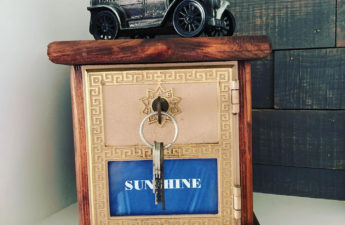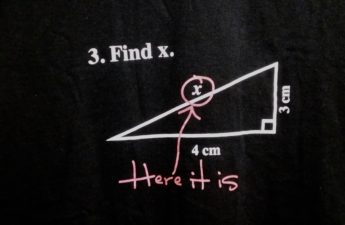How we talk to kids matters.
But did you know that the way the English language names numbers is often confusing and doesn’t reinforce important mathematical concepts?
If math is about patterns, then counting should be a pattern, right? Well, counting does follow a pattern, but the language we use doesn’t make it intuitive. Think about the names of the numbers:
One. Two. Three. Four. Five. Six. Seven. Eight. Nine. Ten.
So far so good. Easy peasy. We are counting ones. Or fingers, for that matter.
Let’s keep going.
Eleven. Twelve. Thirteen.
Wait. Where did these words come from?
It gets better.
Fourteen. Fifteen. Sixteen. Seventeen. Eighteen. Nineteen. Twenty.
So, this set of number names almost makes sense. At least I see (and hear) four, six, seven, eight, and nine here. Not sure what “teen” means, though. It almost sounds like four-ten, but not quite.
After twenty, there is a more recognizable pattern, but it changes every ten.
Thirty. Forty. Fifty. Sixty. Seventy. Eighty. Ninety.
These are strikingly similar to the “teens.”
The way we name numbers should help to reinforce the value of the number. It’s really difficult for a child to understand what a number means if the name doesn’t explain it.
There are world languages that do name numbers according to their values. For example, “eleven” might be named “one ten one,” or “one ten and one.” And 28 is called “two ten eight,” or “two tens and eight.” The Spanish language comes close when it names some of its teen numbers, like “ten and six,” and larger numbers, like “thirty and three.”
Are you wondering why naming numbers is so important? Why can’t we just memorize the names and be done with it? The truth is we can. We can memorize number names. We can memorize their order. We can even memorize some of the ways numbers work together when we add or subtract or multiply or divide. We can certainly memorize procedures that get us to a correct calculation.
Well, some of us can memorize these things. Others of us don’t have such good memory function. That’s when this idea of not being good at math gets into our heads. And those good memorizers will eventually hit a wall because remembering facts and steps is not the same thing as understanding how numbers work.
For that, you need to understand place value. I mean really understand it. One way to build that understanding is by talking about the value of numbers instead of just rote counting.
Strengthening the connection between number and value allows for flexibility in working with numbers that deepens understanding of all kinds of concepts that involve how numbers work together. Understanding place value conceptually allows for fluid decomposition (breaking apart into pieces) of numbers for efficient calculations and for finding interesting and useful patterns as working with numbers gets more and more complex.
So, what do you think? Do you find you have a good understanding of place value? Can you explain why you “carry” or “borrow” when you calculate?Do you have students who struggle with “standard” algorithms and place value?
How do you make connections between number and value?



